|
PLEASE READ! WILDERNESS-RELATED ALERTS 
Permits are not required for day hiking. However, camping overnight in the wilderness at Mount Rainier requires a permit. Permits may be reserved in advance by visiting Recreation.gov, or be obtained in person at park Wilderness Information Centers. Visit the Wilderness Permits page for more information. In the winter, permits are still required and available through self-registration outside of Wilderness Information Centers, or at the SR410 entrance arch at the park's north boundary once the road closes for the season. Check the Wilderness Permit page for details. Learn more about winter recreation, including winter camping. Winter camping ends by May 15 each spring. 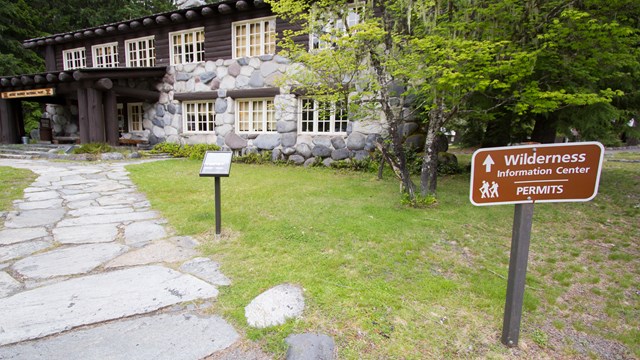
Wilderness Permits
A wilderness permit is required for all overnight camping. Learn how to reserve a permit or acquire a first-come, first-served permit. 
Trail & Backcountry Camp Conditions
Trail and wilderness camp conditions are updated during the summer months. 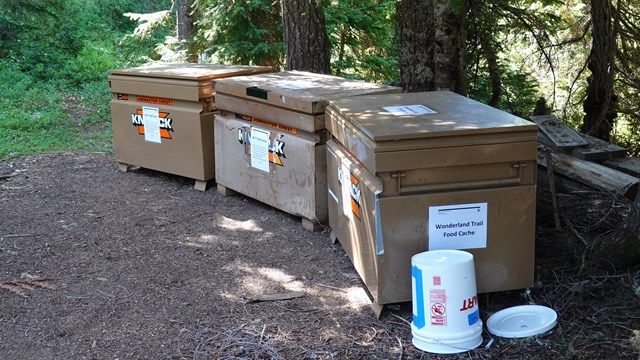
Caching Food and Fuel
Hikers on the Wonderland Trail can cache food and fuel at several locations along the 93-mile route during the summer. 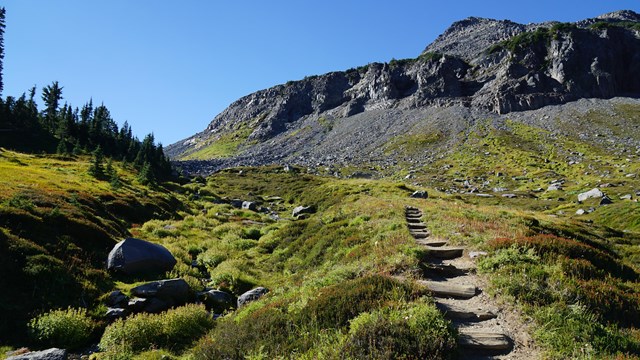
Wilderness Guidelines & Regulations
Help protect Mount Rainier's wilderness while having a safe trip by following these guidelines and regulations. 
Climbing
Scaling the heights of Mount Rainier can be exciting as well as technically and physically demanding. Prepare for a safe climb. 
Day Hiking
From short family-friendly nature trails to mid-length trails, the park has a variety of options for day hiking. 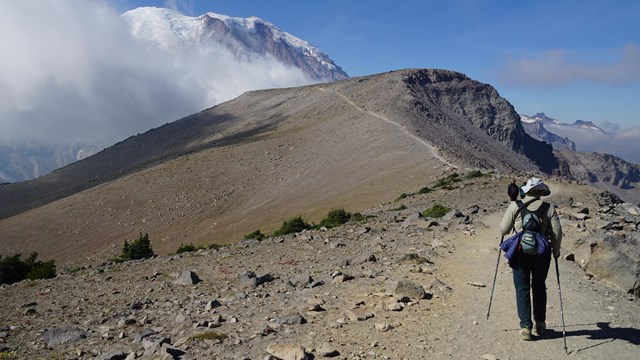
Trails of Mount Rainier
The park has over 275 miles of maintained trails to take you from forest paths to subalpine ridges. Find the trail for you! 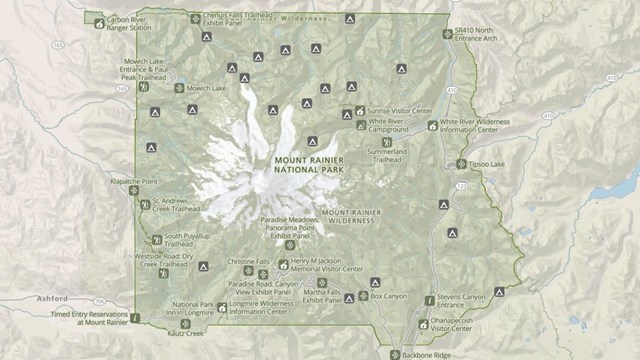
Park Maps
Maps of Mount Rainier National Park, including the Wilderness Trip Planner Map and area trail maps. 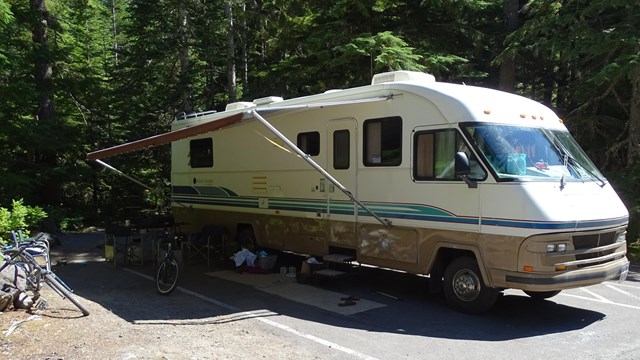
Campgrounds
Camp in one of the park's three drive-in campgrounds. Road Status
Find out current road conditions, including access to Paradise during the winter season. Weather
Be prepared for Mount Rainier's changeable weather. 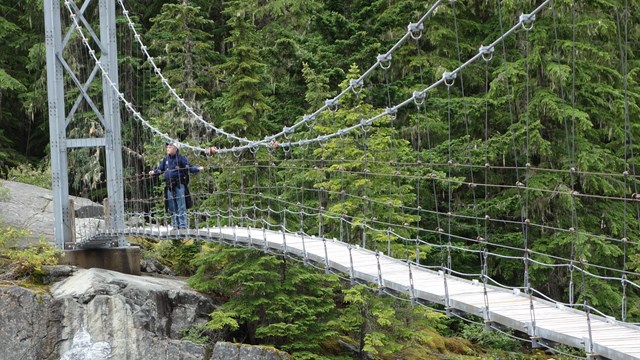
Hiking Safety
No matter the length of your hike, being aware of risks can help make your hiking experience safe and enjoyable! 
Spring Hiking Safety (April-June)
It's easy to underestimate the hazards of hiking at higher elevations still covered in snow. Follow these tips for safely hiking on snow. |
Last updated: December 5, 2025
